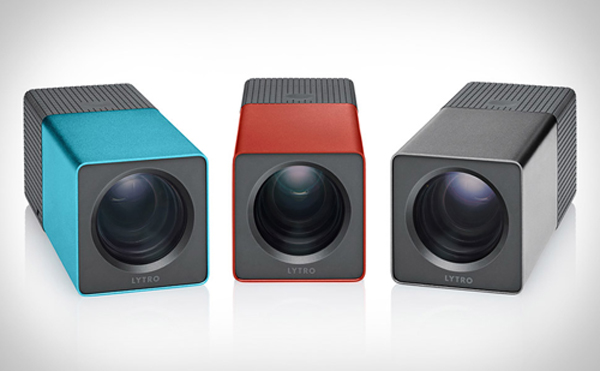

What is the criteria applied by journalists and editors in news organizations to determine whether or not to publish particular items of news? In commercial news the consensus of “Value” is used to determine whether an item is likely to interest a potential audience. However, there are some other sources of value, including the judgment of intrinsic significance or the pull or pressure of influential interests other than those of the audience. Therefore, the Informative character of the television and press has been affected by contemporary social and economical changes.
Newspapers and broadcasting corporations have their own particular way to inform people. Based on their own policies and agendas – and sometimes regulated by economical and political interests- those are the sources of media which produce news that audiences consume.
Hugo Olivos – Tv Studio Lab Assistant
Comments to: hugo.olivos@gmial.com

The biggest question for mankind, after “what is the meaning of life” is “which tablet should I choose”? Nowadays there are hundreds of different types of tablets out there and most of them are similar to each other in terms of hardware and software features. So which one should we choose? To answer this question, you have to ask some questions. Continue reading
Am I a camera or a phone? Well these days people are calling these mega phones with mega mega pixel cameras, “camera phones”. Just to get the statistics out of the way, this camera phone has an incredible 41 megapixel camera with auto focus, face detection, geo tagging, self timer, digital zoom, Carl Zeis lens, image oversampling, lossless zoom and a 1280 or 720 pixels HD video recording capability.
I don’t want to mention the phone side of things, although it is quite impressive with great connectivity and a Nokia bred Symbian OS, (to each their own), but instead I want to “focus” on the incredible camera. Continue reading

“Many of the semi pro and all of the pro camcorders use the zebra pattern to determine when parts of a scene is being understood as overexposed. It is used as an exposure guide. These are black & white diagonal lines which appear in the viewfinder area. This will usually appear on light sources, the sky or white objects. You will have to take measures to stop the excess light from overexposing your shot, (unless that is what you are going for). This could include reducing the light or adjusting the exposure settings of your camera. So go ahead and turn this function on, it helps!”
J.I – Senior MZ Officer
 Sometimes you have to laugh so hard that tears come running down your face. Its one of the nicer involuntary actions of the human condition.So why not make a 20 second video about it! Come on laugh a little!! (Thanks to Elisa for the heads up!)
Sometimes you have to laugh so hard that tears come running down your face. Its one of the nicer involuntary actions of the human condition.So why not make a 20 second video about it! Come on laugh a little!! (Thanks to Elisa for the heads up!)
 Although this won “The 50 Best Inventions of 2011” and their website is great as it provides real time demos I still had my doubts. Lytro is the name of the camera where you “shoot and ask where you want to focus..later”. Just compose the shot and click. Now what will be in focus, background, foreground – somewhere in the middle – that’s a decision you can make at a later date. Cutting edge software technology, both in the production and post production ends of this device allow all this to happen.
Although this won “The 50 Best Inventions of 2011” and their website is great as it provides real time demos I still had my doubts. Lytro is the name of the camera where you “shoot and ask where you want to focus..later”. Just compose the shot and click. Now what will be in focus, background, foreground – somewhere in the middle – that’s a decision you can make at a later date. Cutting edge software technology, both in the production and post production ends of this device allow all this to happen.
For many photographers, not just the purists, this may seem like blasphemy. Where is my creative control? Well its there, like any other “point and shoot camera”, but your choices for focus must come later. So in essence you can produce the same photo twice, with 2 different focal points. The choices are limited, see the website and the demo. I am just not sure how much time someone would dedicate after the fact. The point of taking a photograph is what you decide in that fleeting moment before you snap the picture. That timeless few seconds between decision and indecision. Afterwards upon review of the photo you may not be living in that moment any more. You could be far from it – totally removed – it becomes something else. To some that may not be all that bad.
The bottom line that the progress of technology in this case seems to constantly sum up the art form. Create a couple of less steps than a decade ago, to get to the same or similar results. This could be a time saver or a time killer. This could be the answer to all those who love taking pictures but may never get that focusing quite right.
Or it could be something in between.
J.I – Senior Mediazone Officer
 With the launch of the Mediazone student website last year, came our Blog. In many ways Mediazone has had the opportunity to affect our student population in positive ways. Everything from student equipment handbook updates & tutorials to exciting events.
With the launch of the Mediazone student website last year, came our Blog. In many ways Mediazone has had the opportunity to affect our student population in positive ways. Everything from student equipment handbook updates & tutorials to exciting events.
Students from all of our departments, Multimedia, Design, Education as well as Communications have sought our “expert know how”. Instructors have also flocked to Mediazone for assistance and support in countless of different ways. Communications students taking practical courses got a chance to showcase their work in our Student Upload section, while student Lab Assistants are now writing monthly Blog entries. Even our Engineer has his own section. With our Blog we could not only inform and showcase to the public our work, but give thanks to our student Lab Assistants that put forth all the extra effort.
With new features added like video ratings and comments we encourage everyone to get involved and be heard. Let us know what you think. We can’t be happier – just one more way that Mediazone enriches the student experience here at the University of Nicosia.
John Ioannou – Senior Mediazone Officer